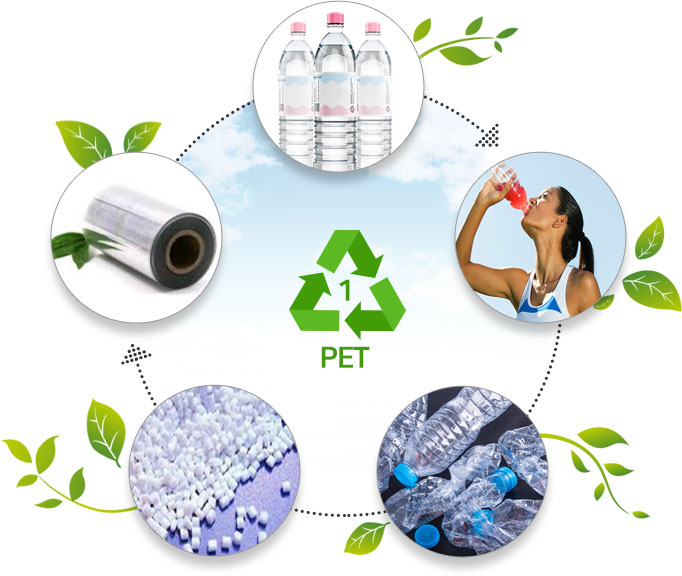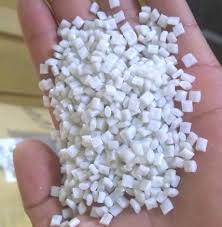PET Resin Supplier Ethiopia
What is Pet?
Polyethylene terephthalate, known to most as PET, is the most used thermoplastic polymer. You’ve probably seen the recycle triangle with the number 1 on many beverages and food containers, but that’s only the beginning of PET. If its scientific name or abbreviation doesn’t ring a bell, polyester might. The material is known to make most clothing and other furnishings articles. However, it starts as a clear, strong, and lightweight plastic.


Misconceptions of PET
Despite us interacting with PET daily, any mention of “PET” or “plastic” comes with a sense of taboo. We’ve associated the destruction of our climate with plastic waste. If you’re not picturing a polar bear surrounded by melting ice when “climate change” is mentioned, you’re probably imagining a sea of plastic floating in our oceans.
While PET is the most used plastic, it is also the most recycled. In 2017, 1.923 million tonnes of PET bottles were collected in Europe for recycling, seeing an increase of 2.9% from the previous year. In addition to that, the PET recycling rate was around 58.2%. Besides thinking of PET as one of the culprits behind plastic pollution, a thought that crosses many people’s minds is PET’s harm to our health.
It is essential to acknowledge that many governments worldwide have agencies regulating and providing scientific advice on any risks associated with foods and beverages. PET has been approved by the Food and Drug Association, Health Canada, the European Food Safety Authority, and countless more as safe for contact with food and beverages. While antimony oxide is used during the making of PET, it is only over more extended periods of exposure to heat that trace amounts of antimony may migrate into the beverages bottled in PET. These antimony levels are far below the safety thresholds, and the small amounts that might be found in PET contained foods and beverages are not anything to concern over as it does not pose any health risk.
If you still feel hesitant, check out your local food and beverage agency’s requirements on the use of PET containers for edible products.
How Is PET Used?
Besides food and beverage containers, PET is a known and familiar material used to create clothing, furnishing, textiles, and more in its polyester form. Famous for its durability and resistance to many chemicals, it retains its shape well and is easy to look after. Besides its use for consumables and wearables, polyethylene terephthalate has been used by the music and marine vessel industries and as fabrics for conveyor belts and fabric coating.
The most common application done with PET is injection molding. Injection molding is the manufacturing process for producing various parts by injecting molten material into a mold and rapidly cooling it off. Once molten PET gets injected into pre-form molds, they can then be blow-molded to create the desired shape after cooling off. We typically see this when making PET bottles, but this same technique is beneficial when producing shampoo bottles, trays, and watering cans.
A lot can be done with PET, given its universality, but what we’ve mentioned is just the beginning.
